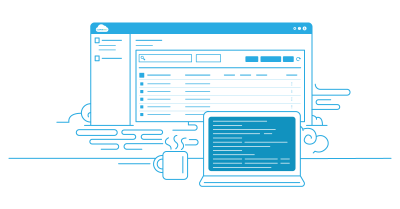Bucket logging in Amazon S3 provides detailed records of access activities on your S3 buckets. These logs track who accessed objects, when, from where, and the outcomes of each access request. This information is vital for creating audit trails, managing compliance requirements, security monitoring, investigating security incidents, validating access controls, analyzing usage patterns, and optimizing storage strategies. To get started, bucket logging in Amazon S3 involves enabling server access logging. Let’s explore the benefits and implementation of Amazon S3 bucket logging.
Audit & Compliance
Bucket logging is crucial for creating audit trails and monitoring compliance requirements. By enabling logging, AWS administrators can capture detailed records of all access activities on S3 buckets. This helps in auditing access patterns, detecting unauthorized access attempts, and ensuring compliance with regulatory standards such as GDPR, HIPAA, or PCI DSS.
Security Monitoring
Logging access requests to S3 buckets allows administrators to monitor for suspicious activities or potential security threats. You can analyze the logs for anomalies, unexpected access patterns, or unauthorized attempts, then take corrective actions to secure your buckets and data.
Investigation & Forensics
In the event of a data breach, bucket logging provides valuable information for investigation and forensics. Administrators can review logs to understand the timeline of access events, identify the source of unauthorized access, and assess the impact.
Access Control Validation
Logging access requests helps validate the access control policies implemented on S3 buckets. Administrators can verify if access permissions are correctly configured, monitor access by different IAM users or roles, and ensure that only authorized entities can access sensitive data.
Usage Analysis & Optimization
Bucket logging captures usage patterns and access trends for S3 buckets. Administrators can analyze logs to understand frequently accessed objects, track users or applications making the most requests, and optimize storage and access strategies.
How to Enable Amazon S3 Bucket Logging
1. Open the Amazon S3 console: https://console.aws.amazon.com/s3/
2. Select the desired bucket to enable logging.
3. Go to the “Management” tab and click on “Logging.”
4. Choose the bucket where you want to store the access logs (you can use the same bucket or a different one).
5. Configure the log file prefix (optional) and permissions for the log files.
6. Review the settings and click “Save” to enable bucket logging.
Once bucket logging is enabled, S3 will generate access logs and store them in the specified target bucket. Logs are stored in a standardized format (CSV or JSON) that you can analyze using services like Amazon CloudWatch Logs, Amazon Athena, or third-party log analysis tools like Splunk or Datadog.



Leave A Comment